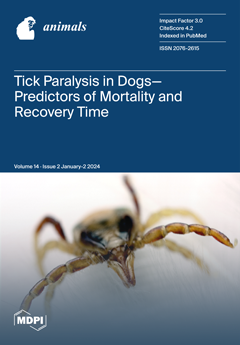Cadmium (Cd) is one of the major pollutants in the aquatic environment, and it can easily accumulate in aquatic animals and result in toxic effects by changing the metabolism of the body, causing a serious impact on the immune system, reproductive system, and the development of offspring. The clam
Meretrix meretrix is one of the commercially important species that is cultivated in large-scale aquaculture in China. To elucidate the underlying molecular mechanisms of Cd
2+ in the developmental processes, fertilized eggs and larvae of
M. meretrix at different developmental stages were exposed to Cd
2+ (27.2 mg L
−1 in natural seawater) or just natural seawater without Cd
2+ (control), and high-throughput transcriptome sequencing and immunohistochemistry techniques were used to analyze the toxic effects of Cd on larvae at different early developmental stages. The results revealed 31,914 genes were differentially expressed in the different stages of
M. meretrix development upon treatment with Cd
2+. Ten of these genes were differentially expressed in all stages of development examined, but they comprised only six unigenes (
CCO,
Ndh,
HPX,
A2M,
STF, and
pro-C3), all of which were related to the oxidative stress response. Under Cd exposure, the expression levels of
CCO and
Ndh were significantly upregulated in D-shaped and pediveliger larvae, while
pro-C3 expression was significantly upregulated in the fertilized egg, D-shaped larva, and pediveliger. Moreover,
HPX,
A2M, and
STF expression levels in the fertilized egg and pediveliger larvae were also significantly upregulated. In contrast,
CCO,
Ndh,
HPX,
A2M,
STF,
and pro-C3 expression levels in the postlarva were all downregulated under Cd exposure. Besides the genes with changes in expression identified by the transcriptome, the expression of two other oxidative stress-related genes (
MT and
Nfr2) was also found to change significantly in the different developmental stages of
M. meretrix upon Cd exposure, confirming their roles in combating oxidative stress. Overall, the findings of this study indicated that Cd would interfere with cellular respiration, ion transport, and immune response through inducing oxidative stress, and changes in the expression of oxidative stress-related genes might be an important step for
M. meretrix to deal with the adverse effects of Cd at different stages of its development.
Full article






